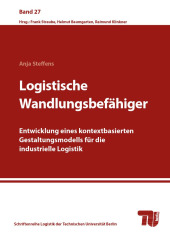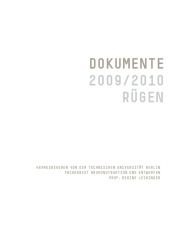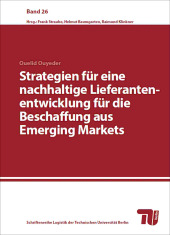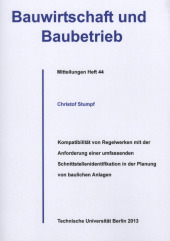Numerische Simulation des Geräusches massiv abgelöster Strömung bei großer Reynoldszahl und kleiner Machzahl

Publishing year: 2015
Flow-induced noise represents an increasing problem today, particularly in the vicinity of airports. Comprehensive aircraft noise reduction could primarily be achieved through design changes which mitigate the major noise generation mechanisms. However, such changes require reliable aeroacoustic predictions, which is only possible if appropriate numerical tools are available. These must allow the precise calculation of the sound and mean flow fields as well as the most relevant aerodynamic noise sources. In this work a pressure-based 3D finite volume method, which is already well-established in the area of subsonic flow computation, is further developed in order to enable its application for aeroacoustic large-eddy simulations. The flow state and the range of similarity parameters considered here are chosen to be representative of typical airframe noise. This is mainly caused by separated flow around deployed landing gear and high-lift devices during aircraft takeoff and landing. The coupling of compressible large-eddy simulations in the main sound source regions with subsequent acoustic extrapolations provides access to the prediction of such aerodynamic noise up to the farfield. The selected method is analysed in detail following a brief overview of the physical background and state-of-the-art numerical simulation techniques. A weak point is identified in the Rhie & Chow interpolation which is employed for the calculation of mass fluxes. Particular emphasis is then placed on the careful derivation of a family of consistent approximations for the determination of mass flux over control volume faces on co-located grids. Two new flux formulations are integrated into the existing pressure correction method. Their behaviour is validated and compared to that of the original implementation on an academic test case. Following a thorough reassessment of the balance between numerical and modelled dissipation on the decay of isotropic turbulence, the improved method is finally applied to compute the flow-induced noise around a generic two-struts configuration and around a three-component high-lift configuration. The simulation results predominantly exhibit very good agreement with experimental data. Based on highly-resolved flow field data acquired from the simulation of the high-lift system, a concise aeroacoustic analysis is offered. Statistical evidence of the dominant noise generation mechanism near a leading edge slat is provided.



